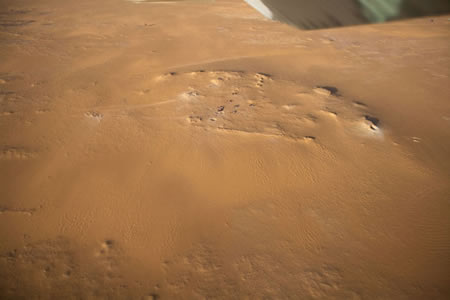Because I found the best candidate by far. Ladies and gentlemen, meet Roman Elvis.
Roman Elvis is actually an acroterion, a decorative piece usually found on the corners of sarcophagi, and he’s going to be sold to the highest bidder in the Geddes Collection auction at Bonhams this October.
Other items going under the hammer include red and black-figure Attic and Apuglian vases, Roman mosaics, Egyptian artifacts, other classical sculptures like sarcophagus friezes.
Many of these items will sell for up to £90,000 each, and the bust, which even the collector has nicknamed ‘Elvis’, is estimated to make between £25,000 and £30,000.
It is to laugh. Elvis is going to make way, way more than that.
There was no mention that I could find on the Bonhams site or in the press about the ownership trail of these fantastical pieces. Mr. Geddes is Australian and has been collecting since the 70’s. Beyond that, who’s to know?
I cannot tell a lie, though. Shady provenance or no shady provenance, I would find it very, very hard to resist purchasing Roman Elvis if I had the funds. He’s ever so dreamy.


